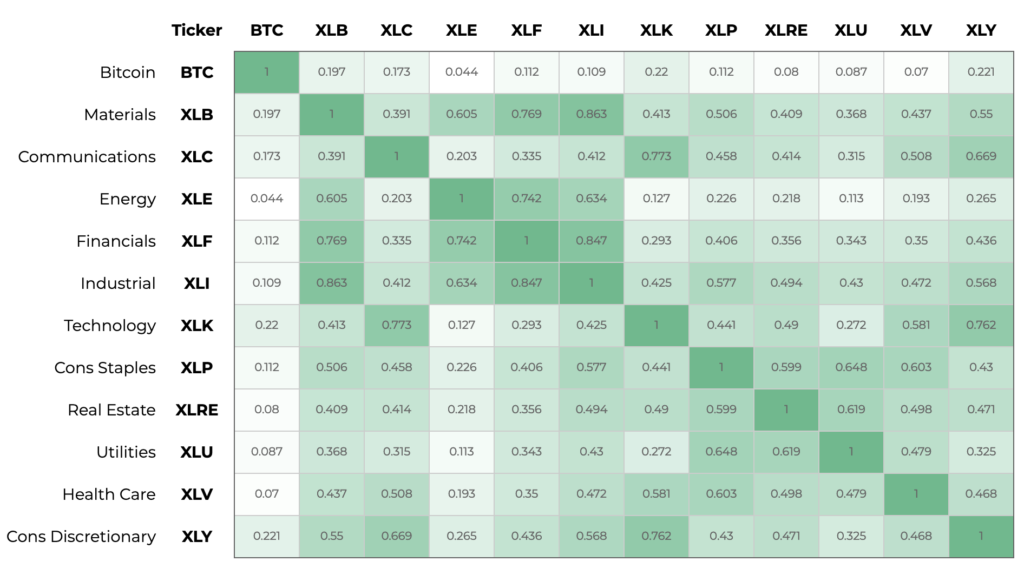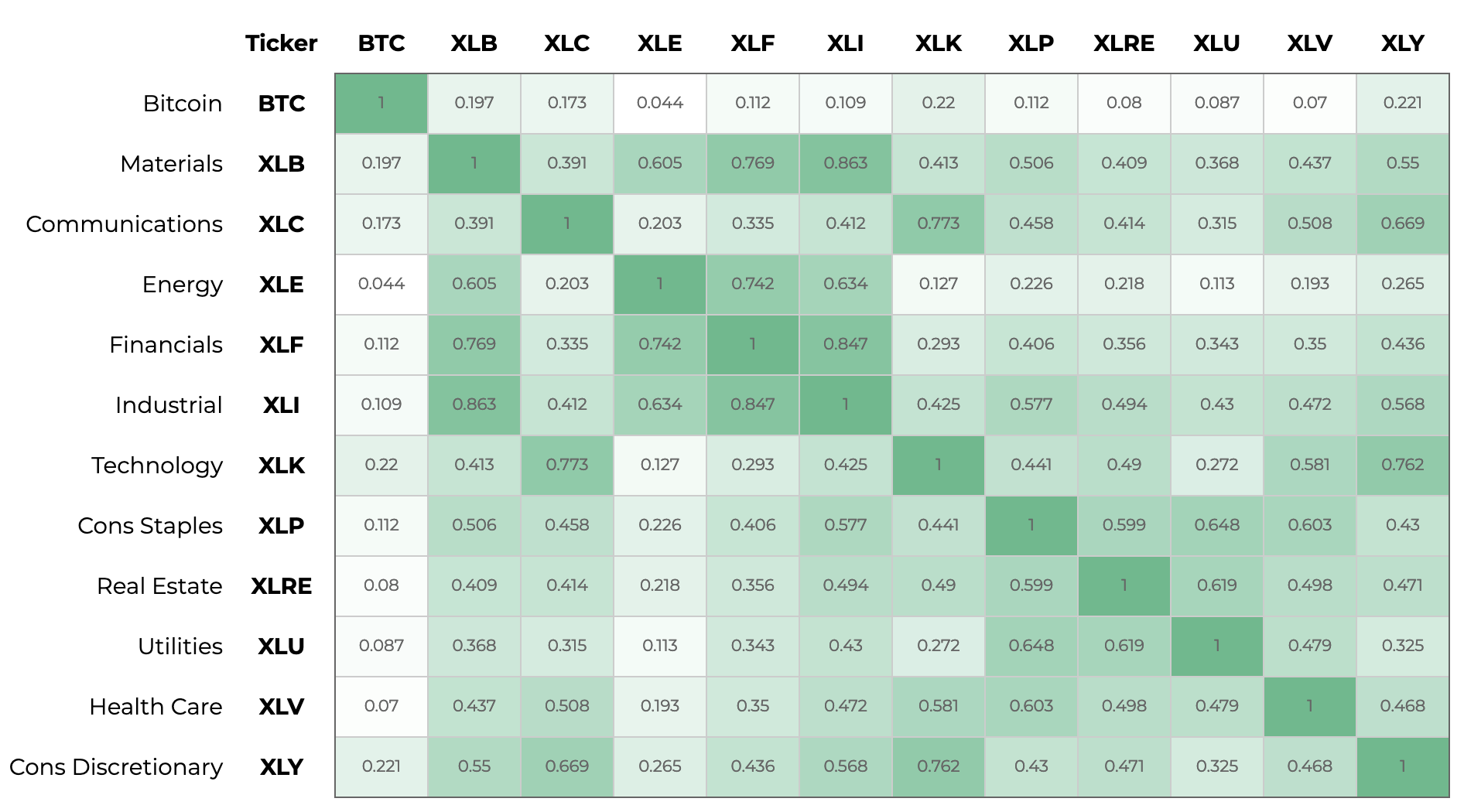ProShares launched the world’s first “Bitcoin-linked” ETF last week. In case you missed it, the ticker is BITO. The first one to make it out of the regulators’ starting gates, ProShares was handsomely rewarded with the quickest billion-dollar fundraising on record.
With the launch of BITO, anyone with a brokerage account can get instant exposure to “Bitcoin-linked” performance and volatility. Is this a good thing? Should you add some to your existing portfolio? Of course, here in The RISK Rituals we don’t look at things the same way that everyone else does. There’s a lot to unpack here, so let’s get started!
First, the scary stuff. Bitcoin is risky. To be clear, here I am referring to the BTC version of Bitcoin. I’ll use BTC when referring to Bitcoin.
Of all the things I’m personally invested in, I believe BTC has the biggest risk of losing my entire investment. Bitcoin could get hacked. I could lose my keys. Regulators could step in and ban it in the U.S. There could be a run on Tether.
I’m not saying these things are likely to happen. I’m just saying that BTC isn’t like anything most of us have ever invested in. Sometimes meteoric rises are followed by meteoric falls.
While BTC is risky, BITO is even riskier. With BITO, you don’t actually own any BTC. The fund isn’t allowed to hold any actual BTC. The fund can buy BTC futures contracts, but it can’t take delivery of the BTC. This is why ProShares calls it a “Bitcoin-linked” ETF.
If you buy BITO, you don’t own BTC. You own a simulation of BTC. I don’t know about you, but I’m not even sure I know what that means!
Already BITO is the biggest purchaser of BTC futures in the world. On October 21, Bloomberg reported, “After two days trading BITO owns nearly 1,900 contracts for October, and CME rules cap the number of front-month contracts one entity can own to 2,000.”
I don’t want to get into the nuances of futures contracts, but suffice it to say that when you are that big of a whale in the futures markets, there are a lot of smaller sharks that will happily take regular bites out of you.
The Wall Street Journal recently noted, for example, that USO, the ETF that uses oil futures contracts to mimic the price of oil, has fallen 80% over the past 10 years even though the price of oil is essentially unchanged!
That is scary stuff.
In spite of all of these considerable risks, I am a big fan of BTC, and I’m invested in it. Quite simply, I believe that a world without BTC is riskier than a world with BTC. I believe it philosophically, and I can see it quantitatively.
Philosophically, I believe that BTC makes the world less risky because trust is at an all-time low in our economies. I believe that BTC can be a force that can help restore trust.
Double-entry accounting is credited with kickstarting modern finance after it was introduced by Luca Pacioli in 1494. I believe that Satoshi Nakamoto will eventually occupy a similar place in the financial firmament for introducing triple-entry accounting to the world.
Finally, let me show you what I’m seeing quantitatively. What you’re seeing below is a screenshot from a new wealth-tech app that we’re developing at RiskSmith.
The fancy name for it is a covariance matrix. I call it a correlation heatmap. You don’t need to worry about the numbers inside the cells. You can just look at the colors. Bright green means highly correlated, and white means uncorrelated.

You can see that the same list of assets goes across the top and down the left side. If you pick an asset from the top and one from the side and find where they intersect, you can see how correlated those two tickers have been over the past year.
Again, the more correlation, the brighter the green. The less correlation, the dimmer the green. If you look down the diagonal, you see bright green cells with “1”. That’s because each asset is perfectly correlated to itself.
BTC is the first ticker. The other tickers listed are the 11 SPDR Sector ETFs that break the S&P 500 stocks up into 11 different sectors. When you look down the first column (or across the first row), you don’t see a lot of green.
What this shows us is over the past year, BTC has been uncorrelated to all sectors of the S&P 500. Of these 11 sectors, BTC is most highly correlated to Technology (XLK) and Consumer Discretionary (XLY). Even so, these are surprisingly low correlations!
For those of us looking to build holy grail portfolios of 15 to 20 good, uncorrelated return streams, BTC has been an absolute dream come true. Adding BTC (in moderation) to almost any portfolio of equities is likely to increase the odds of converting risk into reward.
If you believe in BTC like I do and you understand the risks, you shouldn’t be afraid to add a little BTC spice to your existing portfolio. It will likely make it a tastier dish! For the record though, I don’t think that BITO is the right way to go. BTC is risky enough all by itself.

